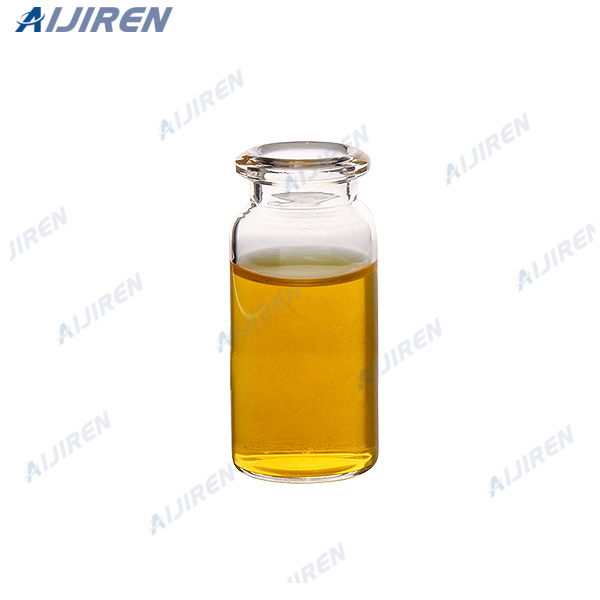
glass, PET and HPDE, the WHEATON® line of vials is the largest Clear vials manufactured from ... Screw caps for WHEATON liquid scintillation vials.
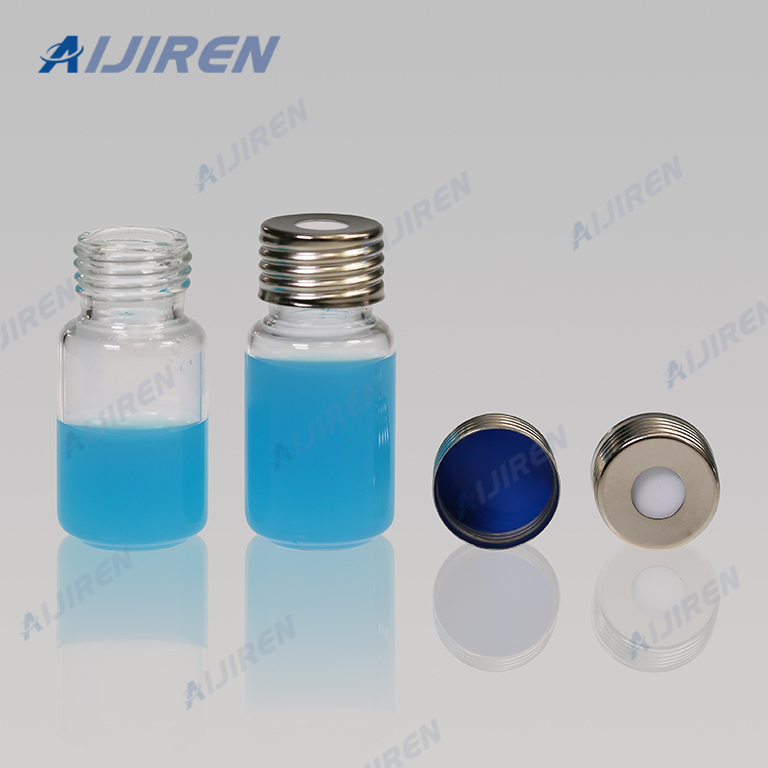
Amber Screw Thread Vials offer protection from harmful light and UV rays for light sensitive products. These general purpose glass vials are made of Type I

Glass Vials · Clarity: A glass vial features a smooth, clear surface, which allows you to inspect the contents for contamination or degradation. · Inertness:
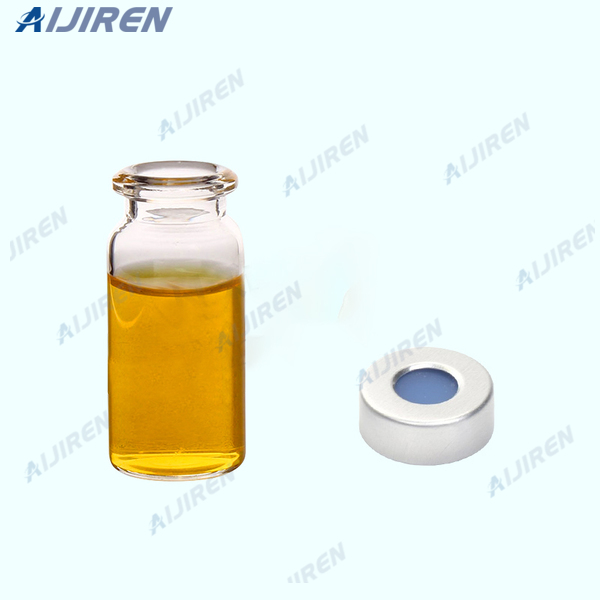
Screw-thread sample vials are manufactured from either clear 33 expansion borosilicate clear glass (Type 1, Class A) or 51A amber glass.
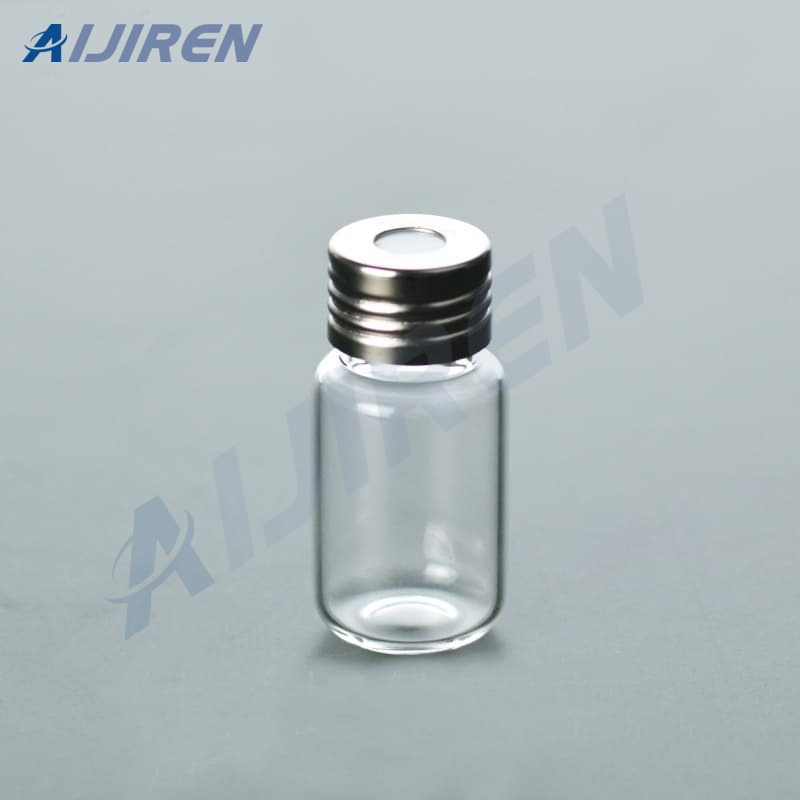
AMBER GLASS BOTTLE: Amber borosilicate glass protects light-sensitive samples from exposure to UV light. It is ideal for containing all injectable

GC is therefore an ideal tool for the analysis of gas and liquid vials offered in this brochure (clear and amber glass) are classified as Type I in ...
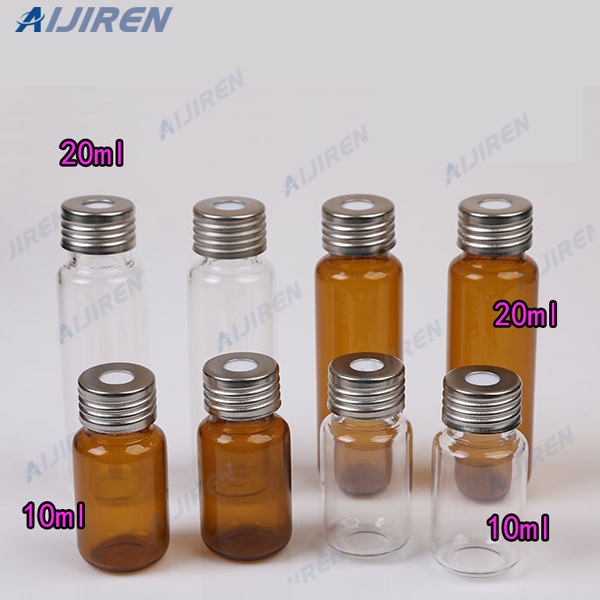
HPLC/GC certified vial kit, clear glass, with label and filling lines, UltraClean seal: 9 mm PP short thread cap, blue, centre hole, septum silicone
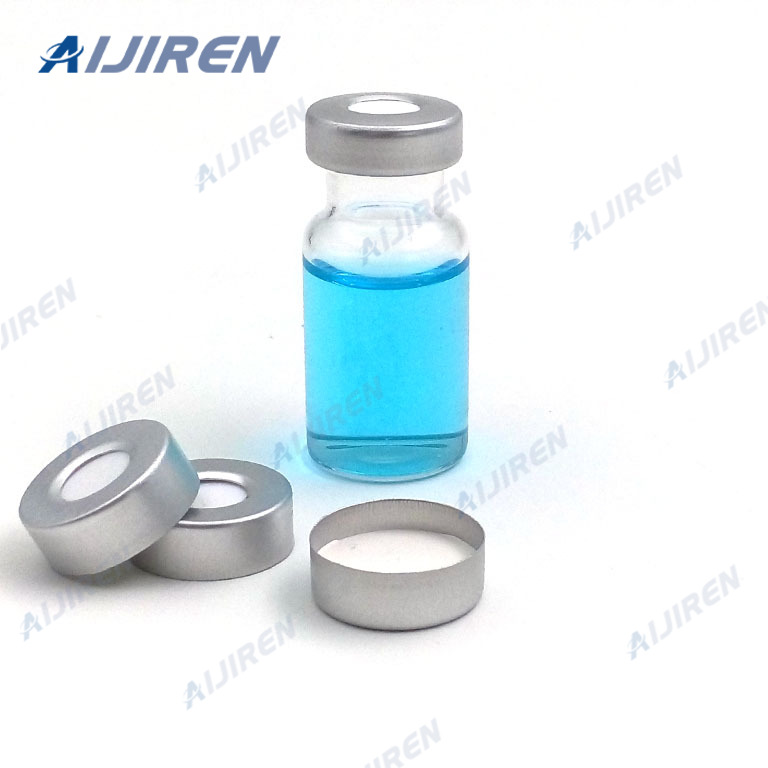
Product Details ; Color. Clear ; Volume. 1.5-2.0ml ; Material. Brosilicate Glass/Glass Type 1 ; Finish. 8-425 screw thread ; Cap Choices. Plastic open/solid cap.
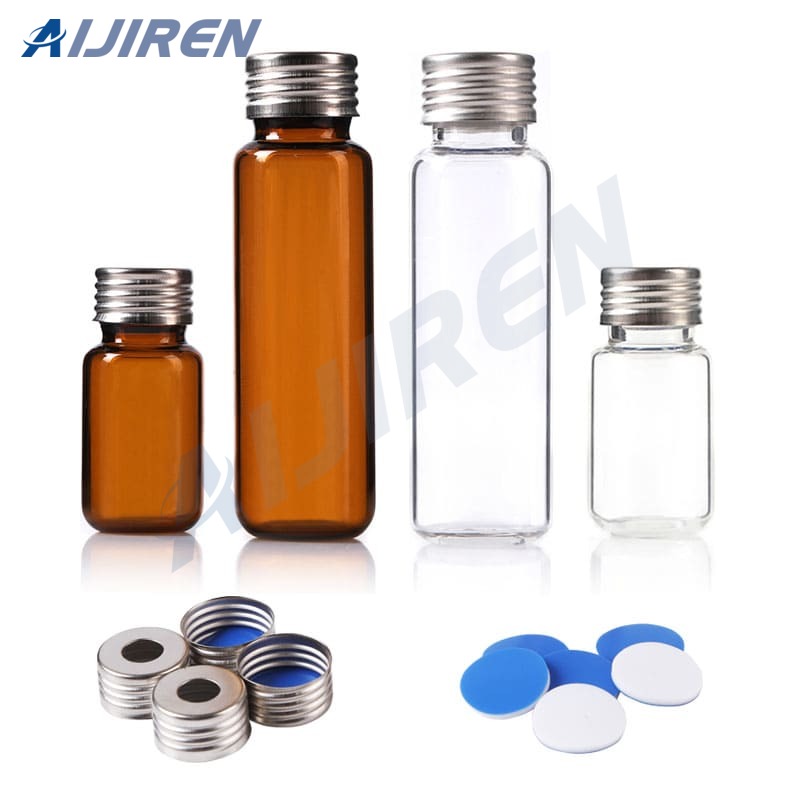
Material, clear type borosilicate glass ; Part Number, BLPA02601 ; This item: Kesell Clear Liquid Sampling Sample Glass Bottles Vials with Label Sticker and
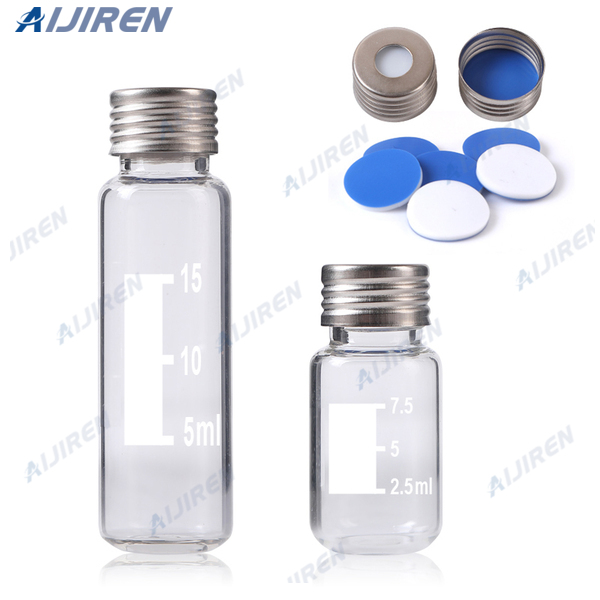
Level 3 - microvials for < 2 mL samples ; Glass Crimp Top Microvials for <2 mL Samples, Glass Screw Top Microvials for <2 mL Samples, 1.5 mL Total Recovery Glass
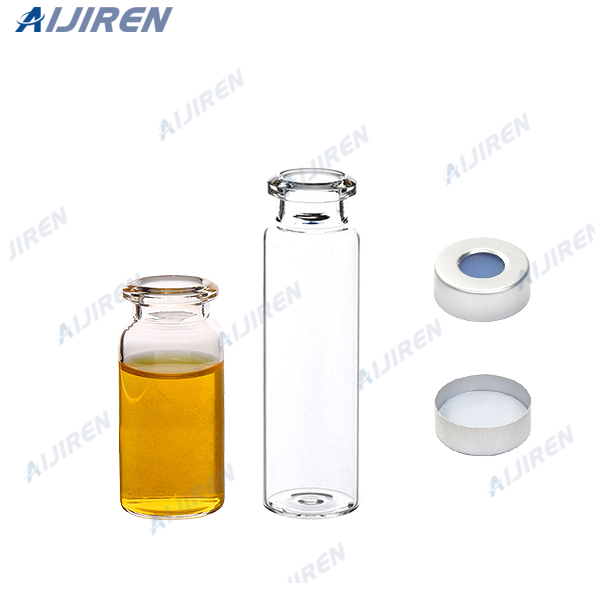
Three Features of the Shimadzu Certified Vial · Reduces the Adsorption of Basic Compounds on the Surface of the Glass Vial · Included Quality Certificate

Wide opening vials are easier to fill Fit most autosamplers that accommodate the 12x32mm vial format Superior quality 33 expansion borosilicate clear glass Type
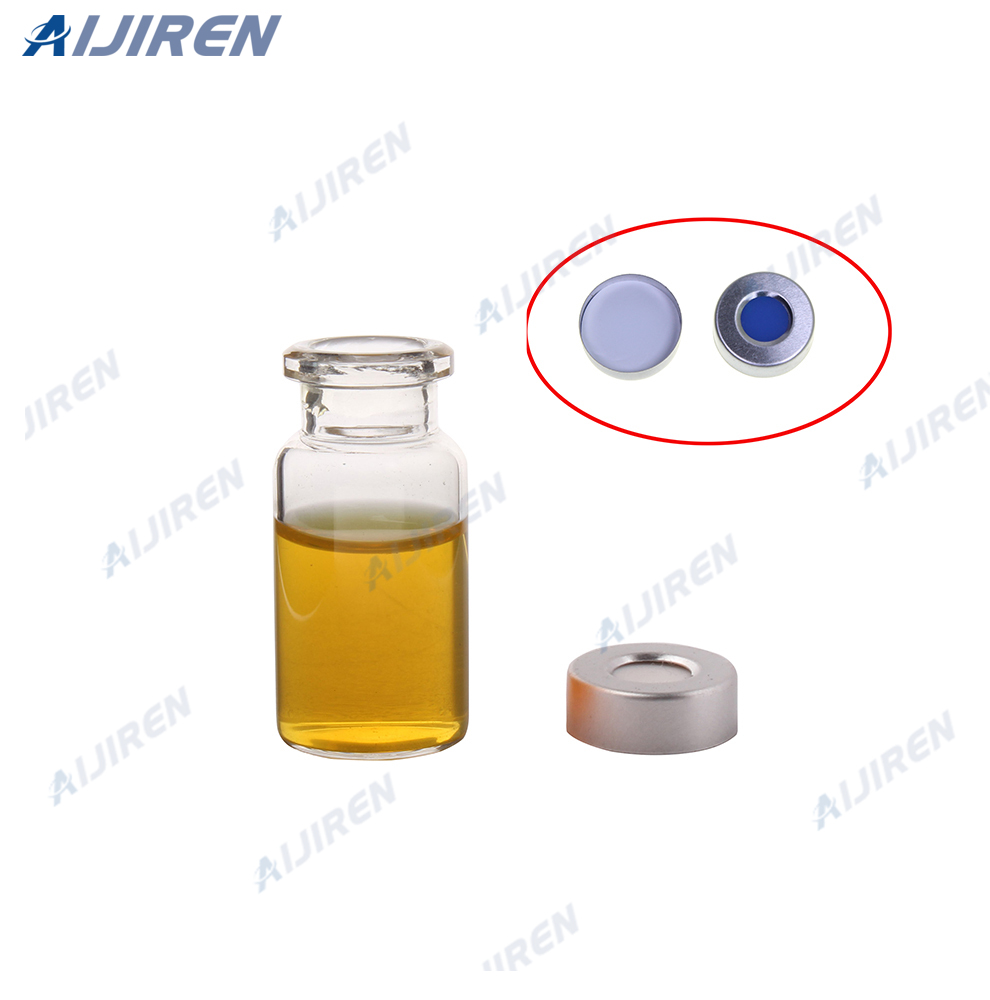
Vials for GC, HPLC, Headspace, IC, TOC and storage · Amber glass, 1st hydrolytic class, glass/glass · Amber glass, 1st hydrolytic class glass · Amber glass, 1st
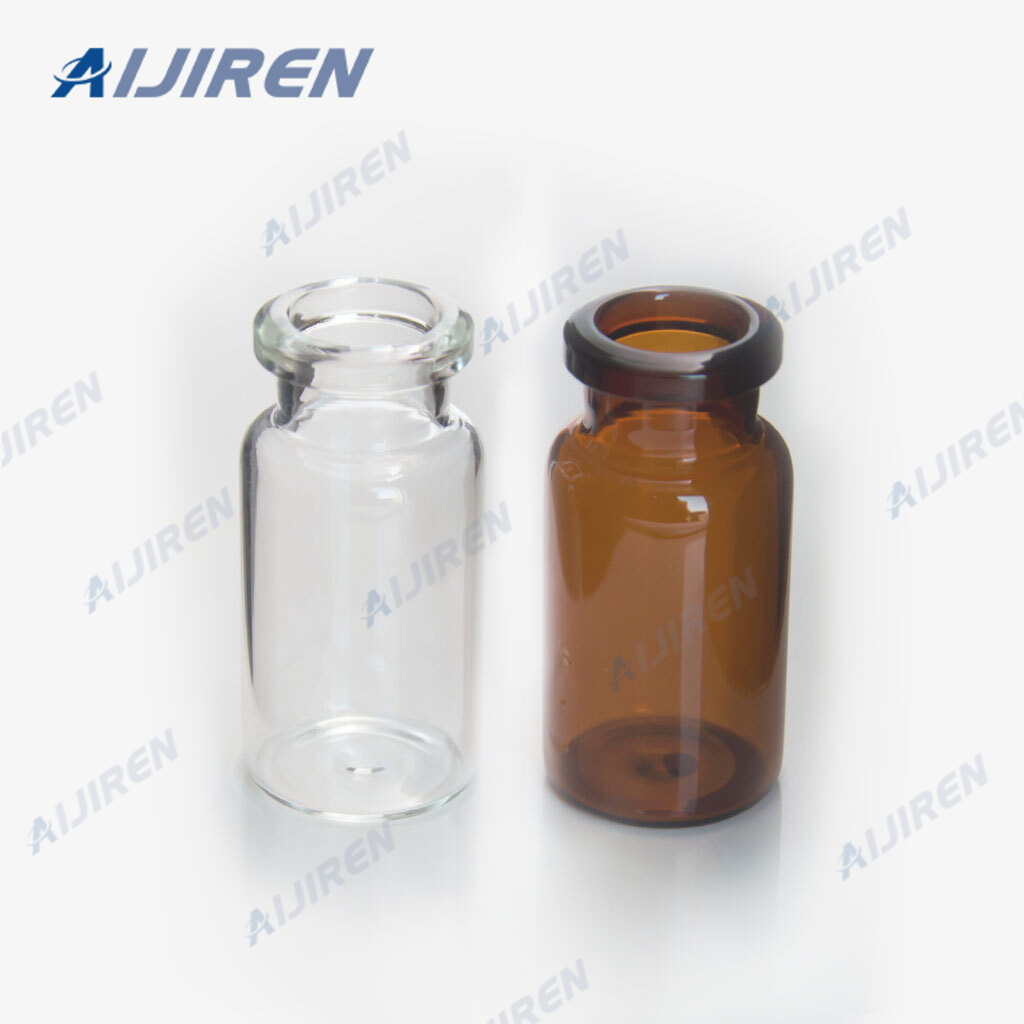
However, substandard vials, caps, and septa can lead to sample loss, contamination, GC, GC/MS, or GC Headspace: www.Aijiren.com/chem/productivityGC.
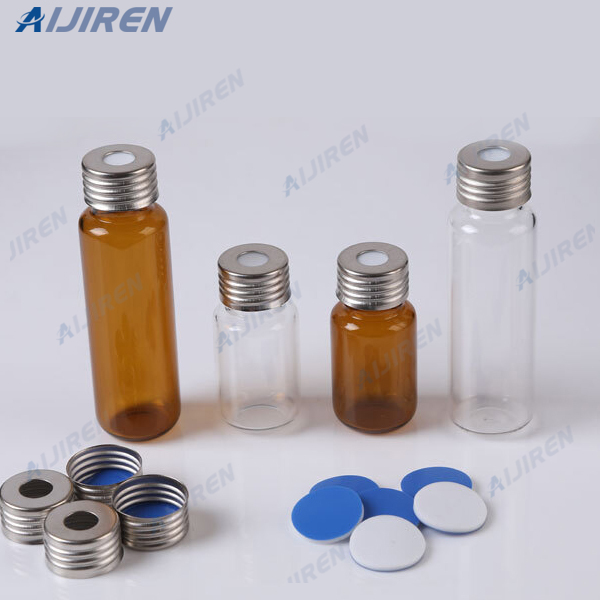
▷Material◁ The vial is made of borosilicate glass which can withstand temperatures from minus 200 to 200 degrees. They can be refrigerated, heated and boiled.